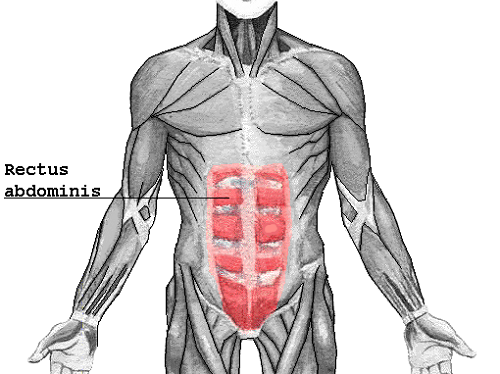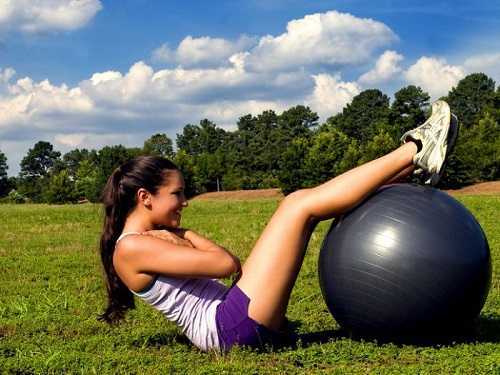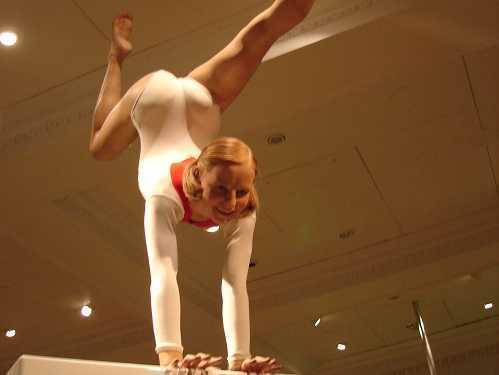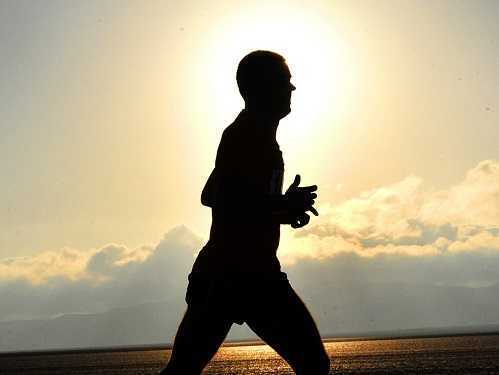Athletes & Pelvic Rehabilitation
Athletes & Pelvic Rehabilitation: Transitioning from a Local to a Global Systems Approach
| Price: $495 (Early Registrant Price $475) Experience Level: Beginner Contact Hours: 14 |
This two-day course, developed by an instructor with extensive experience working with professional athletes, will cover an evidence-based, immediately-applicable skills related to pelvic floor rehabilitation for the athlete, covering treatment philosophies for the pelvis and pelvic floor and global considerations of how these structures contribute to human movement. Topics covered will include urinary incontinence, as well as the intricacies of athletic movement and how energy transference throughout the kinetic chain is crucial to rehabilitation approach, injury prevention and high performance. This course will also cover biomechanics behind human movement of the lumbopelvic-hip complex so the participant will be able to prescribe effective and innovative therapeutic exercise programs. The connection of how pelvic rehab influences LE pathologies such as ACL, PFP and chronic ankle instability will be covered. Although this class has a focus on athletes, these concepts of biomechanics and movement patterning are applicable to all patients in the clinic
Lab sessions will give the clinicians an opportunity to perceive human movement through a unique lens of global complexity in a simplified approach. External manual therapy techniques will be instructed. In addition, the course is highlighted with high-quality videos capturing athletes of all levels, particularly professional athletes with whom the instructor has worked.
This course has been designed to bridge the gap between the sports/orthopedic clinician (certified athletic trainers included) and the experienced pelvic health practitioner and is designed to provide both demographics a challenging and engaging learning experience with a the goal of expanding the general sports and ortho clinician’s understanding of the pelvic floor, as well as challenging the advanced pelvic health therapist to expand their treatments to encompass three-dimensional movements and offering them an arsenal of therapeutic exercises beyond simple local type exercises. Following the course, clinicians who choose not to pursue an advanced clinical skill set of a pelvic health therapist will have a more confident understanding of when a referral to a pelvic health clinician is appropriate. Both groups will leave this course with additional tools for their clinical tool box related to manual therapy and exercise.
|
Day One:
|
Day Two: |
Upon completion of this continuing education seminar, participants will be able to:
1. Understand how the pelvic floor integrates into human movement, particularly during higher-level activities such as running, lifting and all types of sporting movements
2. Appreciate the unique biomechanical interactions that occur between the lumbosacral spine, the pelvis, pelvic floor and the hip complex.
3. Utilize an evidence-based approach to correctly identify SI joint pain and distinguish it from lumbar or hip dysfunction.
4. Practice brand new evidence-based approaches for evaluating the hip in a comprehensive three-dimensional method specific to the athletic population.
5. Provide non-internal manual therapy techniques to influence the performance of the pelvic floor focusing on both the experienced clinician and pelvic floor early learners.
6. Utilize a comprehensive paradigm of exercise theory, development, implementation, and progressions for a variety of pathologies, such as; pelvic and pelvic floor dysfunction, femoroacetabular syndrome, and a host of soft tissue injuries such as groin strains and proximal hamstring strains.
7. Provide strategies for clinicians to determine when your patient would be better served with a referral to a pelvic health practitioner and what the current evidence is to support your decision.
8. Create innovative and engaging therapeutic exercise programs (home exercise programs too!) for your patients directed at the pelvis with specific attention to upright and functional positioning.





